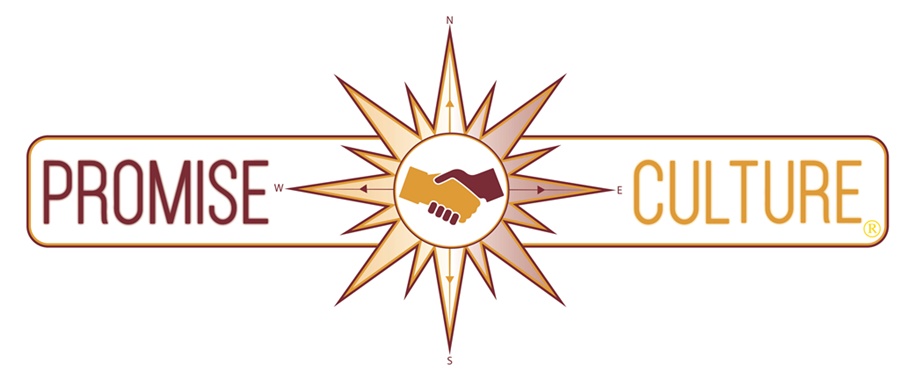Last week we focused on the process of engaging a new staff member to the organization and how important that investment is to the long-term employment relationship. This week we shift the process to engage your new customers or clients.
Whether you are in a solutions or project delivery type business or even at the transactional retail level, the way in which a client or customer is first brought into the fold is key to the longevity of the relationship. Why is longevity so important? It is part of the lifetime value of the relationship. If your interaction with a client is once and done, then the level of interaction would be defined one way. If on the other hand the intent from the start was to have many interactions with the customer, then the way in which the relationship starts directly contributes to the level of mutual benefit it delivers.
This relationship building process begins very early in the connection between two parties. As the qualification of needs and solutions get refined, this is the first place the relationship starts to get defined. The interaction between two people of questioning, listening, and forming answers sets the tone for future conversations. If this conversation is abrasive or the customer feels the other side is not listening with complete interest, then they can become disenchanted with the interaction. This may cause them to look elsewhere for their solution or product. When the interaction is authentic and personable both parties engage at a much deeper level of dialogue and the exchange of information is not only more enjoyable but also more complete. People like to buy stuff. They don’t like to be sold something.
Once the initial sales process is moved to the implementation phase then it is critical that within your organization, all of the initial relationship data is not just transferred to the implementation team but time is taken to ensure the data is understood and appreciated by those receiving it for the first time. A planned turnover of the transaction must be done and not shortchanged. I have seen too often this step get quickly pushed through an organization only to have to redo it and lose time at the relationship’s sake. This onboarding step is internal but has the customer’s best interest woven into the effort. Once the internal team is aligned with the customer solution and expectations then the organization needs to onboard the client in the same way. Don’t think they know what they are getting into. It is better to inform than guess they know what to expect.
As discussed in the prior Guidepost article, the onboarding of an employee is critical to the longevity of their employment career with your organization. The same is true for the onboarding of your clients. If your employees are not onboarded well then you can’t expect your clients/customers to be welcomed into your organization any better. You can only get a better client/customer relationship when you have better employee relationships.
This week look at how you engage your clients to bring them into a relationship with your organization. Are well defined expectations of both parties defined and understood? How can you and your team make the longterm relationship be both rewarding and satisfying for both parties?
Looking to set up the best in practice onboarding approaches for both your clients and employees? Give your Promise Guide at call at MI (313) 527-7945 or FL (407) 984-7246
Journey On!
QUESTIONS OR COMMENTS – EMAIL US AT PARTNERS@JKLASSOCIATES.COM OR CALL OUR OFFICES – MI AT (313) 527-7945 FL AT (407) 984-7246
Celebrating 30 years of Delivering on “Promises”




